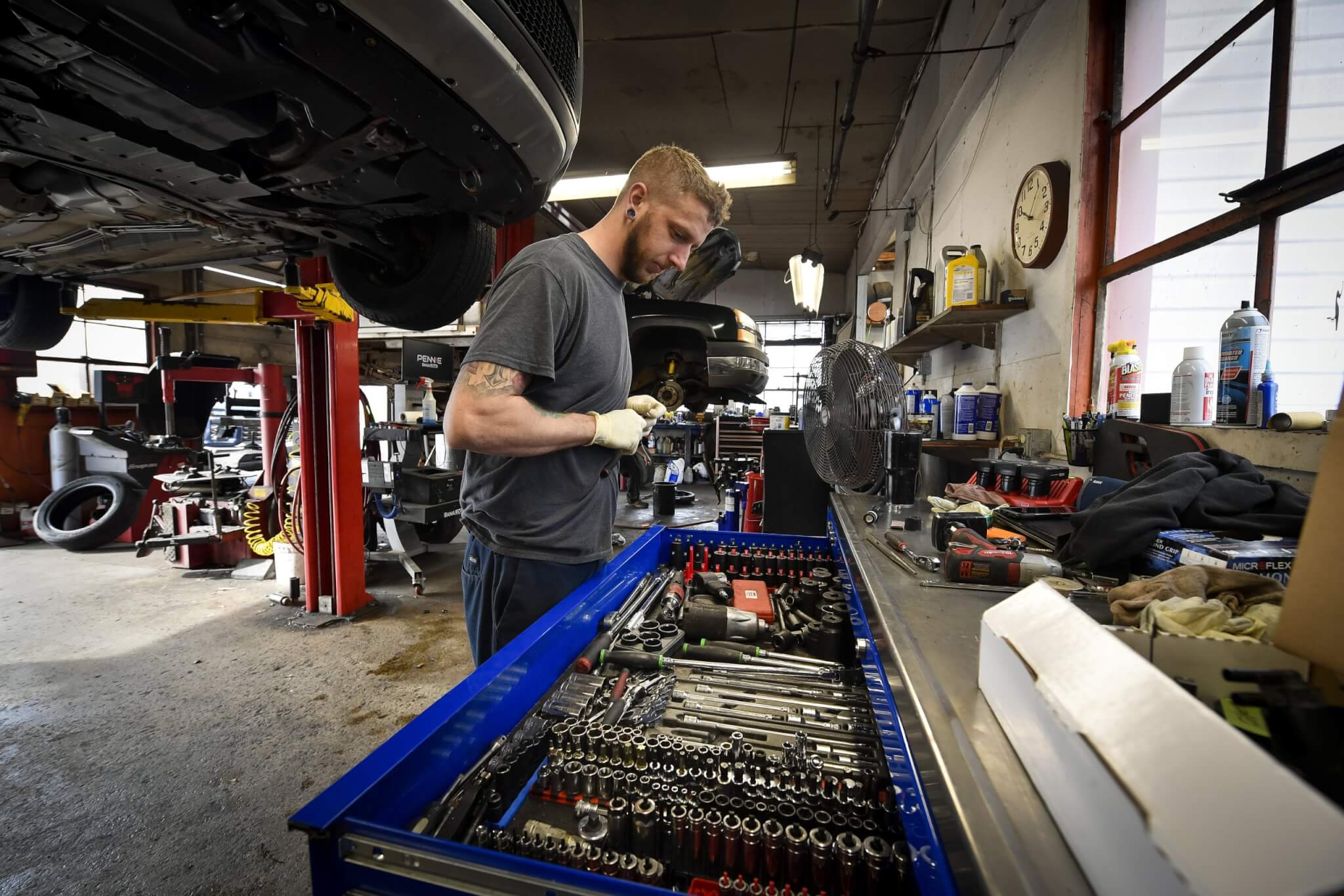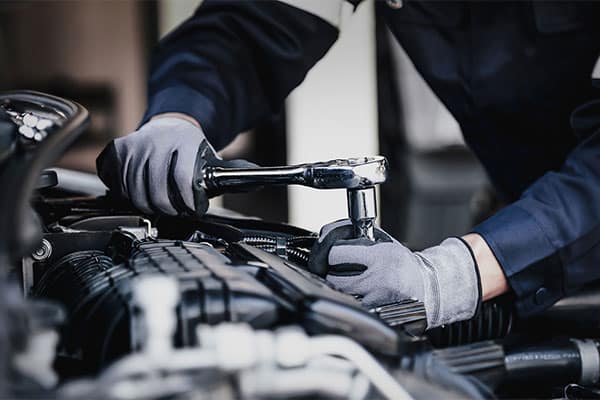All Categories
Featured
2 of the most important tire solutions are tire turning and placement. If you're unknown with what tire rotation and alignment involve, right here's a thorough appearance at why they matter and how they benefit your car.
What Is Tire Turning? Tire turning describes relocating your tires from one position to an additional to guarantee they wear equally. The factor tire turning is required is since not all tires wear the very same method. In front-wheel-drive vehicles, for example, the front tires take care of both steering and power, that makes them use out faster than the rear tires. Likewise, the back tires wear in a different way in rear-wheel-drive and all-wheel-drive cars.
By turning your tires frequently, you can cancel the wear across all 4 tires. This aids them last much longer and enables more even traction, improving handling and stability. Most suppliers recommend turning your tires every 6,000 to 8,000 miles or according to the car's manual.
What Is Tire Positioning? Tire placement, also called wheel alignment, refers to the procedure of readjusting the angles of your car's wheels to satisfy the supplier's specifications. The goal of alignment is to ensure that all four tires are aiming in the best instructions and at the proper angles, which enables optimal handling, safety, and tire life.
There are three major alignment angles that are adjusted throughout a positioning check:

Camber: The tilt of the wheels when seen from the front. If the camber is off, it can lead to irregular tire wear, as the tire will certainly not make full contact with the roadway surface area. Wheel: The angle of the guiding axis when watched from the side. Proper caster placement makes sure that your automobile is secure when driving straight which your steering wheel go back to its normal setting after a turn. Toe: The angle at which the tires aim inward or outward when checked out from above. Incorrect toe placement can trigger the tires to drag, causing unequal wear and minimized gas effectiveness. Misalignment can occur with time because of normal driving or from striking obstacles like curbs or gaps. If your alignment is off, it's important to get it examined and remedied to stay clear of concerns down the road.
Why Tire Rotation and Placement Issue. Boosted Tire Life:. Routine tire rotation guarantees even tire wear, aiding you get one of the most gas mileage out of your tires. Uneven wear can create you to replace tires prematurely, which can be expensive. When your tires use equally, they last longer, saving you money in the long term.
Boosted Vehicle Handling:. Correct alignment keeps your car driving straight and steady, especially at higher rates. Misalignment can trigger your vehicle to pull to one side, making it tougher to guide. By keeping your tires straightened, you guarantee your lorry takes care of much more smoothly and predictably.
Improved Security:. Tires that are not turned or aligned correctly can use unevenly, affecting exactly how well your automobile quits and corners. As an example, misaligned tires or tires with unequal wear patterns may cause reduced grip, particularly in damp or icy conditions, leading to a higher danger of mishaps.
Much Better Gas Effectiveness:. Tires that are misaligned can produce rolling resistance, implying your engine has to work more challenging to relocate the cars and truck. This raises gas consumption and decreases your automobile's fuel performance. Correct tire alignment lowers rolling resistance, which can improve gas mileage.
Signs Your Tires Need Rotation or Alignment. While it's vital to remain on top of routine tire turnings and placements, there are a few indications that might suggest your tires need interest:
Unequal Wear: If you see that tire is more worn than the others, it's most likely time for a turning. Guiding Pull: If your automobile draws to one side or really feels off-center, maybe a sign of imbalance. Vibrations: If you feel vibrations in the steering wheel or the auto, maybe as a result of a placement issue. Noisy Tires: Screeching or loud tires can indicate incorrect rotation or misalignment. If you see any one of these indicators, it is necessary to obtain your tires inspected by an expert.
Exactly How Frequently Should You Rotate and Straighten Your Tires? Tire rotation should normally be done every 6,000 to 8,000 miles, though this can differ based on your driving problems and the kind of car you drive. It's also a good idea to have your tires turned whenever you obtain an oil adjustment.
For placement, you ought to have your tires aligned every 1-2 years, or much more regularly if you discover any type of problems with taking care of or uneven tire wear. If you struck a large gap or curb, it's smart to get a placement check immediately.
Conclusion: Regular Upkeep for Optimal Performance. Tire rotation and alignment are 2 straightforward yet crucial services that maintain your car running efficiently, successfully, and securely. By rotating your tires frequently and maintaining your wheels appropriately lined up, you can extend the life of your tires, improve handling, and take pleasure in much better gas performance. Do not wait on your tires to reveal indicators of wear-- schedule routine upkeep to maintain your automobile in top form. Regular tire treatment is a financial investment that settles in the long run, maintaining you and your travelers safe when traveling.
Latest Posts
Safeguard Your Financial Investment with Professional Seamless Gutter Installation
Explore the Premier Auto Repair Coupons in Montclare, Chicago
Discover Montclare Auto Repair’s Premier Auto Repairs and Why Drivers Trust Them
More
Latest Posts
Safeguard Your Financial Investment with Professional Seamless Gutter Installation
Explore the Premier Auto Repair Coupons in Montclare, Chicago
Discover Montclare Auto Repair’s Premier Auto Repairs and Why Drivers Trust Them
